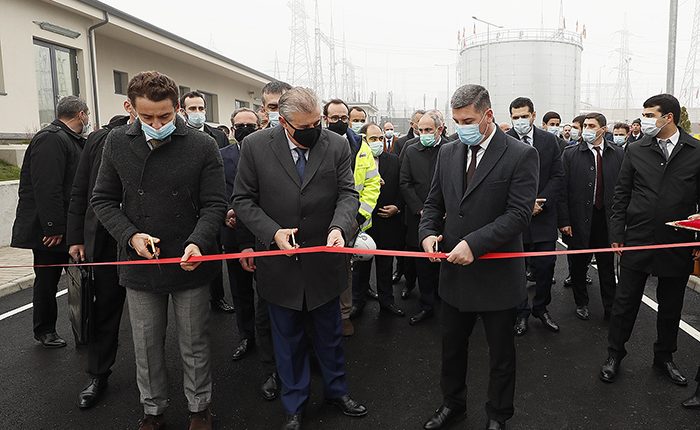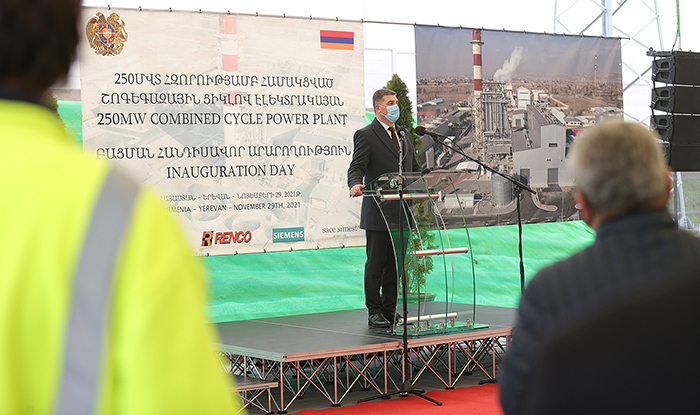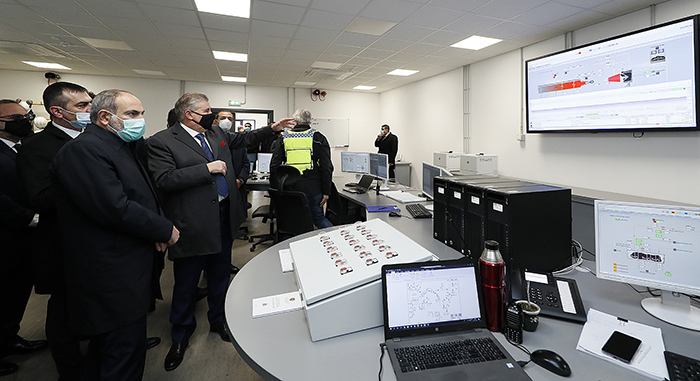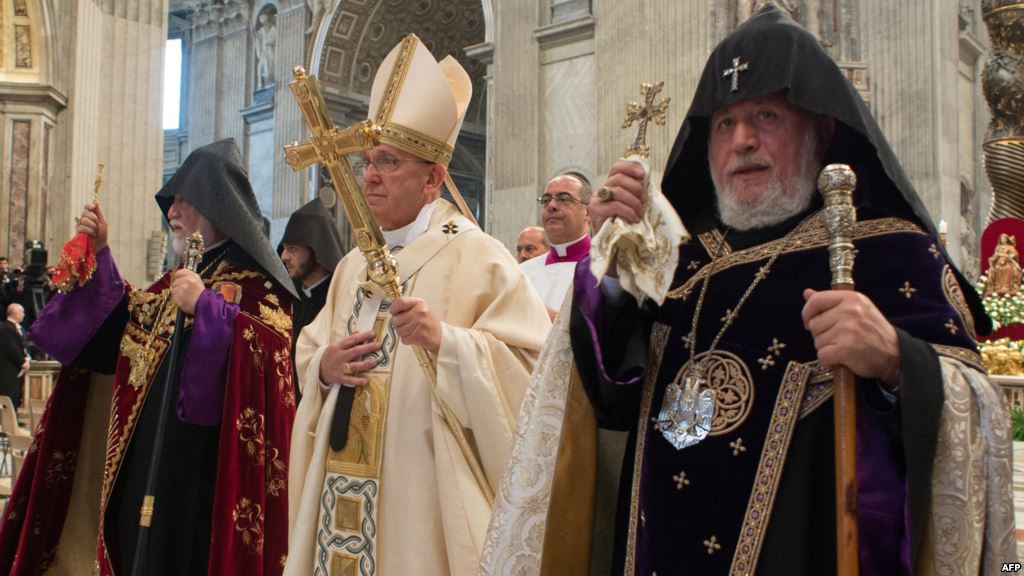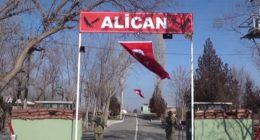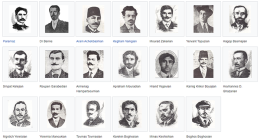YEREVAN — A German-Italian consortium inaugurated on Monday a thermal power plant built by it in Yerevan as part of a $ 270 million project approved by the Armenian government.
The 254-megawatt facility is expected to enable Armenia to use less natural gas for electricity generation. It will also diversify foreign ownership in the country’s energy sector.
The ArmPower consortium consists of a subsidiary of Germany’s Siemens group and two Italian companies. One of them, Renco, is the main engineering, procurement and construction contractor in the project.
Renco had supposedly launched the project in March 2017 with a ground-breaking ceremony attended by then President Serzh Sarkisian.
Armenia’s current government froze, however, Renco’s contract with the Sarkisian administration shortly after taking office in May 2018. It said the deal is not beneficial for the Armenian side and must be renegotiated.
The two sides signed a revised deal in November 2018. Armenian officials said at the time that the Renco-led consortium agreed to cut its electricity tariff by 5 percent. That, they said, will allow Armenia to save $ 160 million in energy expenses over the next 25 years.
Work on the new power plant began in earnest in July 2019 four months after ArmPower secured more than $ 200 million in loans and loan guarantees from several international lenders, notably the Washington-based International Finance Corporation (IFC).
The plant was inaugurated in the presence of Prime Minister Nikol Pashinyan and Renco’s chief executive, Giovanni Rubini. An Armenian government statement on the ceremony said its electricity will be cheaper than power supplies coming from other gas-powered plants that currently meet roughly one-third of Armenia’s energy needs.
One of them was constructed in Yerevan in 2010 with a $ 247 million loan provided by Japan. The state-owned facility has a capacity of 242 megawatts.
Renco has done business in Armenia since the early 2000s. It was not involved in the local energy sector until its latest project, investing instead in luxury housing, hotels and office buildings. But the Italian company has built, installed or operated power generation and distribution facilities in other parts of the world.

